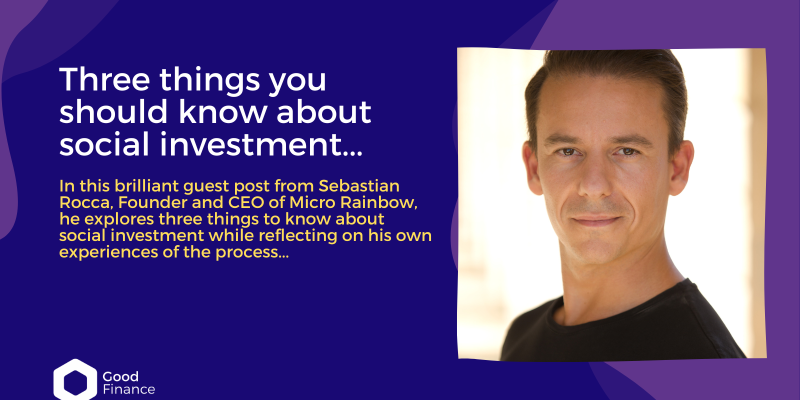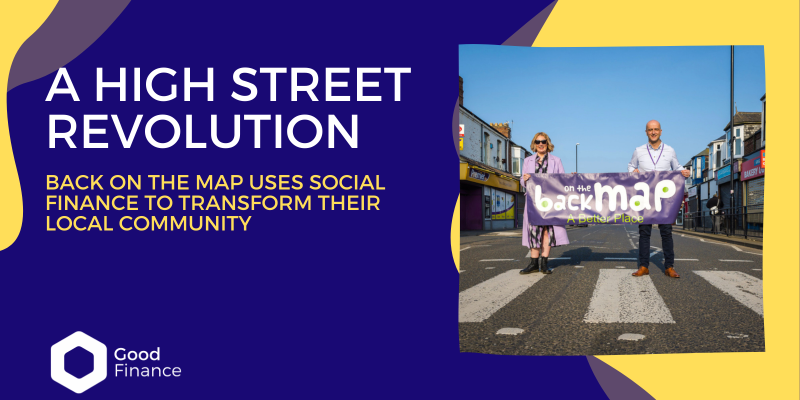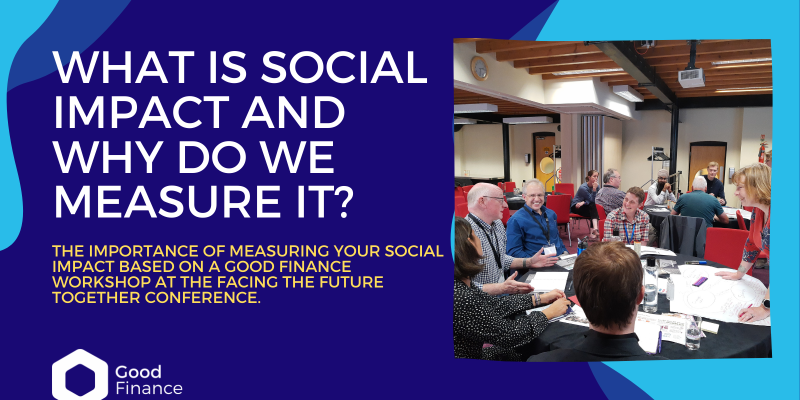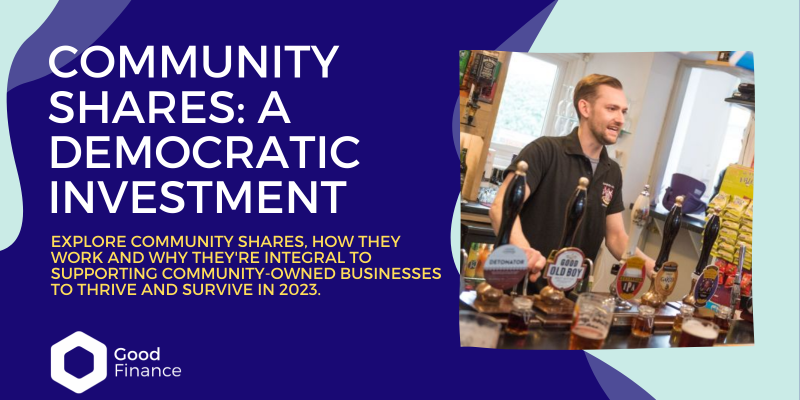Understanding and measuring social impact is crucial for community businesses to demonstrate their value and secure support. Plunkett UK’s Nick Comley provides essential principles and practical steps to help you effectively communicate the positive changes your business brings to the community.
Social Impact Measurement is a method that a community-owned business can use to show the impact it is having in its community.
Whether you are a new or established business, being able to explain the difference you intend to make, or have already made, can help you to engage with potential members, support funding applications, secure finance, retain shareholders and supporters.
Nine principles to guide you
Involve stakeholders – these are the people, organisations and communities that benefit, contribute, support and develop from your community business.
Understand what changes – set clear and measurable objectives and describe the outcomes from the work and business that you do.
Value the things that matter – identify the most important changes you make and put a value to them, this can be a direct financial value or an equivalent ‘proxy’ value.
Only include what is material – keep your examples realistic and relevant to your community business.
Do not overclaim – others may contribute to the changes you make, only claim what is specifically achieved by your community business.
Be transparent – show the evidence for your claims, both the benefits and any unintended harm that you do.
Verify the result – check the validity of your claims by testing the truth of them so you, and others, can have confidence in them.
Be responsive – explain how information should be used to inform decisions that affect your stakeholder groups.
Collective responsibility – by creating an action plan and assigning tasks to people you can help ensure that the responsibility for measuring social impact doesn’t fall on just a few people.
Tangible and intangible social impact
It is common for financial accounts to identify both tangible (actual) and intangible (virtual) assets. Your community business will deliver a range of both tangible and intangible benefits. You may be able to quantify the tangible social impact in terms of money, volumes and numbers of people. You will need to find alternative equivalent values for intangible social impact. For example, the value of a reduced fear of crime may equate to the cost of installing a monitored home alarm system.
Tangible assets include property, buildings, equipment and stock. Impacts can include:
- Turnover and sales
- Jobs created
- Local supply chain spend and jobs secured or created
- Reduced travel costs and carbon emissions
- Amounts of plastic waste avoided or recycled, and reduced food waste and composting
- Increased numbers of people attending social events and contact with others
- Financial savings made by people attending a ‘warm hub’ reducing their need for heating at home
Intangible assets include brand value, goodwill and intellectual property. These impacts can include:
- Increased community cohesion and resilience
- Reduced isolation and loneliness
- Increased community capacity and volunteer skills
- Reduced fear of crime
- Increased levels of community pride and satisfaction
- Reduced anti-social behaviour
- Increased health and wellbeing
The benefits of measuring social impact and value
It helps you identify and value the changes your community business makes over time by regularly assessing the positive impacts and improvements your business achieves.
It allows you to plan, react and make changes to meet community needs. By doing so you can adapt to the evolving needs of your community, adjusting services as necessary.
You will be able to explain and demonstrate your impact to stakeholders. Clearly communicate your positive impact using data, stories, and testimonials.
You can secure funding and finance. Pursue various funding opportunities, including grants, donations, and investments.
It will show the importance of your business to users, volunteers, and workers, and highlight the value your business provides through feedback and experiences from those who benefit from it.
A case study – The Thorold Arms
The Thorold Arms in Harmston, Lincolnshire, closed in 2015 and was greatly missed by the local community. Despite initial setbacks at auction, the community raised £284,950 from over 225 members through Community Shares to purchase the pub.
Reopened in late 2019, The Thorold is now a community-owned pub with B&B rooms, a restaurant, café, and shop. It employs nine local people at any given time and over 50 people in total over five years. The pub sources its produce locally, minimising food miles and supporting local businesses, which has secured 22 jobs in the supply chain.
The success of The Thorold is due to the significant contributions of money, time, and volunteer work from its supporters. The Community Shop, which opened in 2021, has 20 volunteers working 46 hours a week, generating 9,568 hours of unpaid work worth over £78,025 in three years.
The Thorold hosts a weekly outreach Post Office every Wednesday. This service is available during the same hours as the Café, turning it into a culinary and social event. This setup helps reduce rural isolation and loneliness while fostering better relationships among residents, visitors, and tourists.
Their social impact reporting has secured £215,470 in grants, £27,762 in donations, and funding from various sources. Since 2019, The Thorold has generated around £450,000 in social impact value from the outcomes delivered from the community business, volunteering and local activities and events, creating a Social Return on Investment of £1.26 for every £1 invested.

Image credit to The Thorold
Value what you do – your community does – so go ahead and share the good news!
Click here to download a Social Value Calculator Spreadsheet that can help you with your calculations.
Nick Comley is Community Business Adviser at Plunkett UK





